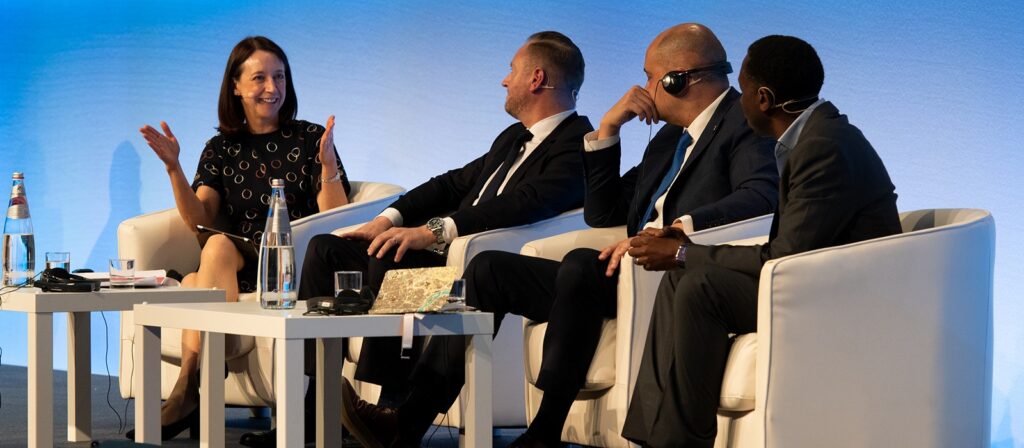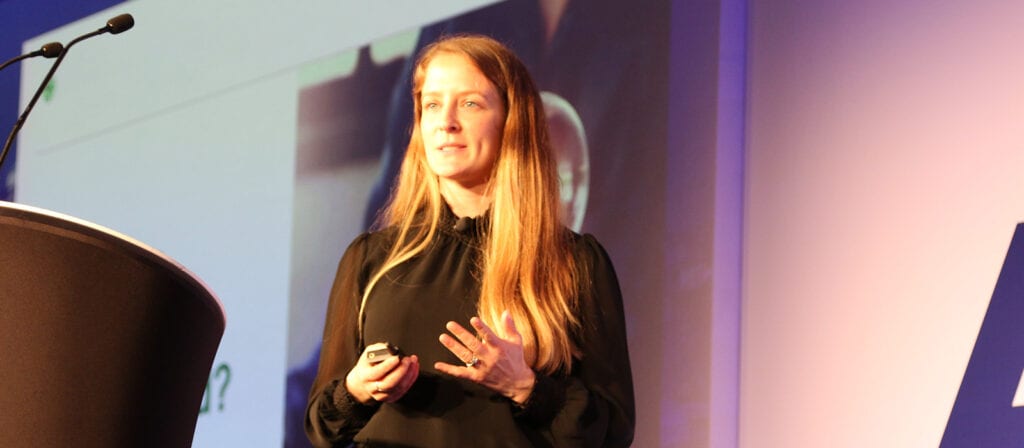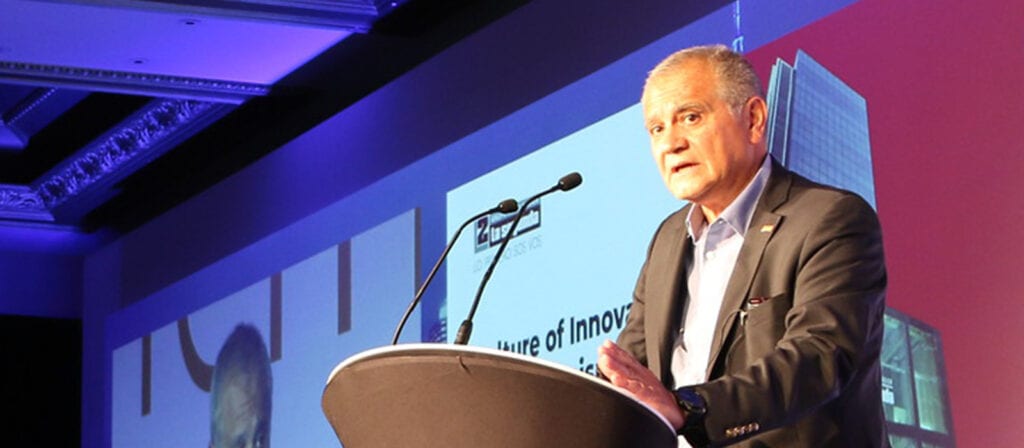Grupo San Cristobal (Argentina) was set up 83 years ago. They have USD 800 million in annual turnover, over 1,900 employees, and are present in Argentina, Uruguay and Paraguay. Its main product lines are motor insurance, workers compensation and retirement products.
Seven years ago, Grupo San Cristobal started to evolve their business which involved a digital transformation and a shift to focus on customers, becoming a customer-centric company and dealing with customers in a holistic way. Independent multidisciplinary teams, working across claims, underwriting and commercial aspects, were set up to achieve this. The teams were focused on transforming the business and the status quo while the rest of business took care of business as usual.
There were pros and cons to this strategy:
Pros
- Agile methodologies and minimal viable product (MVP) meant they achieved things more quickly;
- having several multi-disciplinary teams meant they were able to advance simultaneously on different fronts;
- more attractive digital profiles were created;
- and in-house competition favoured the company’s evolution.
Cons
- MVPs didn’t always meet expectations;
- deadlines were not always met;
- as teams were competing they didn’t want to share with each other, which increased operational cost, headcount and resources;
- the business as usual team’s demands were not prioritised;
- and the work place environment deteriorated.
However, a survey showed that customers were happy with the new end-user experience, so it was decided that a new plan was needed. The new plan had three dimensions: culture, strategy and structure.
Grupo San Cristobal recognised that corporate culture was important and so it changed directions, creating a single purpose; putting teamwork at the forefront; and prioritising the customer. They worked on their desired culture, built by the C-suite establishing a purpose and cultural principles. Working with HR, they realised everyone needed to be on the same page. They did a lot of reporting with the managerial team and improved in-house communication, as well as coming up with a process for managing errors and mistakes; what to do if people didn’t meet deadlines or targets; and incentive and reward plans if objectives and deadlines were met.
They had to change their strategy as it no longer aligned with their corporate culture. While maintaining their objectives, Grupo San Cristobal defined a new strategy on how to achieve them. They needed to evolve for a reason not just the sake of evolution, but to keep up with and be ahead of customers’ needs. They developed a short and long term plan with all of the teams, pooling resources and setting priorities. The processes and technology were designed to converge to client-orientated goals. They found that people do their best when they have a clear purpose and know the advantages to the company and clients.
Finally, they built a new structure capable of supporting the strategy, built under the premise that it would be unified and strive for specialisation and evolution in the workforce. There was a shift from a vertical structure, to a horizontal structure and staff were encouraged to become agents of change, promoting the desired culture.





